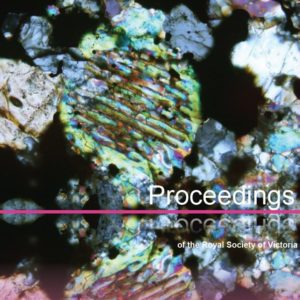Alexander von Humboldt has been referred to as ‘the forgotten father of environmentalism.’ As early as 1844, he wrote that humans change the climate ‘by cutting down forests, by changing the distribution of water bodies, and through the production of large vapour and gas masses at the centres of industry.’ Humboldt also described the greenhouse effect in his opus magnum, ‘Kosmos’.
A class of year nine students can confidently tell you that the mitochondria is the powerhouse of the cell. Chemistry is sometimes a little more intimidating-but most of the population can remember that one great experiment in school where they turned a flame bright pink with potassium. Mention the word physics? From most people, you will get a blank stare and some squirming in their seat.
This piece appears in the July 2023 edition of Science Victoria magazine. All issues can be read online for free at rsv.org.au/Science-Victoria. Embarking on a career in STEMM often involves dealing with uncertainties when it comes to progressing from education and training to professional employment and expertise. Even with training in one subject – whether […]
At the Australian Synchrotron, electrons are shot out from an electron gun so that they are already travelling at over half the speed of light. They are then sped up further until they nearly reach the speed of light and are shot out into an inner “booster ring” to boost their energy. Once the electrons have gained enough energy, they are shot into an outer ring. Hence the affectionate nickname – the two rings form a doughnut.
Our uptake of new technologies and electronics comes at a cost: information and communications technology (ICT) consumes about 8% of global electricity, doubling every decade. A massive amount of energy is consumed in the thousands of factory-sized data centres that house “the cloud,” as well as computer systems for telecommunication and storage. Most of the energy consumed in data centres, computers and other devices is dissipated as heat rather than being used to power the device itself, meaning that much of it is wasted. ICT is now on par with the aviation industry for their contribution to global warming, and it’s time for a change.








